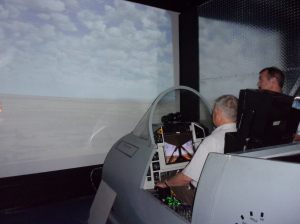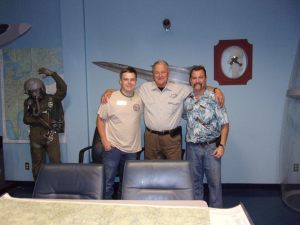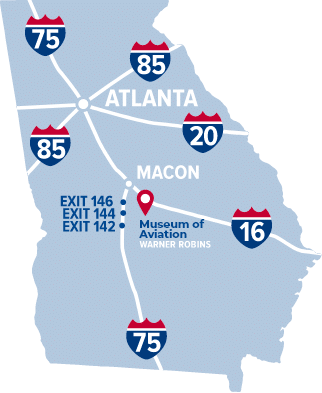By: Michael Cashman

On July 30th 2016, the Museum of Aviation celebrated “Blackbird Day”. 14 former aircrew and maintenance members were made available to the general public for an exciting tell-all-facts celebration. As a flight sim instructor, I was thrilled to have retired LtCol George Morgan sit in the cockpit of one of my simulators and fly an SR-71 again. He had broken the world speed record, 2193.167 mph, 40 years earlier.


When you first see a Blackbird, you realize its size. It’s big, it’s really big. What’s really amazing is this behemoth airframe only carries two crew members. It carries no bombs, missiles or guns. Therefore, nearly the entire airframe serves as a giant fuel tank for the two thirsty Pratt and Whitney J58 engines. Each engine produced 32,500 lbs of thrust. That’s about 10,000lbs of thrust more than the total thrust produced by the Apollo Command Module.

The first Blackbird prototype flew in 1962 and the last flight was in 1999. In those 37 years, this aircraft has strengthened our national intelligence gathering and inspired current and future engineers, pilots and operators to push the envelope of what manned flight is capable of. If Lockheed Skunk Works was capable of building a Mach 3 aircraft with ‘50s technology, then what capabilities should we have for today or the future?

You can read more about the SR-71 and other Blackbird variants: http://museumofaviation.org/moaMain/wp-content/uploads/2016/08/SR71-Educator-Guide.pdf










